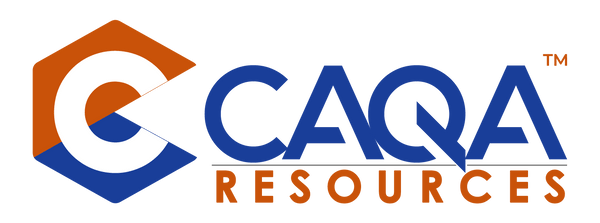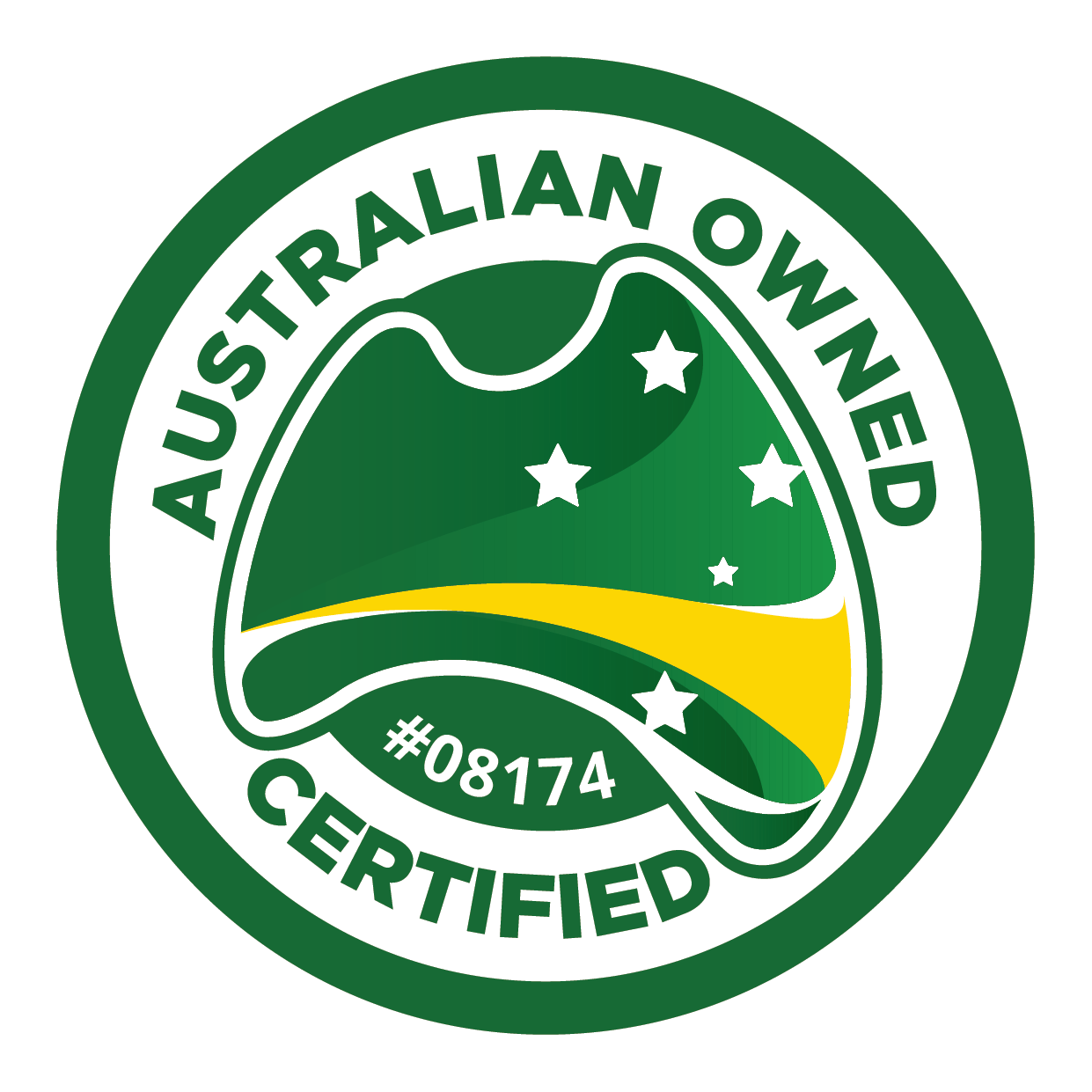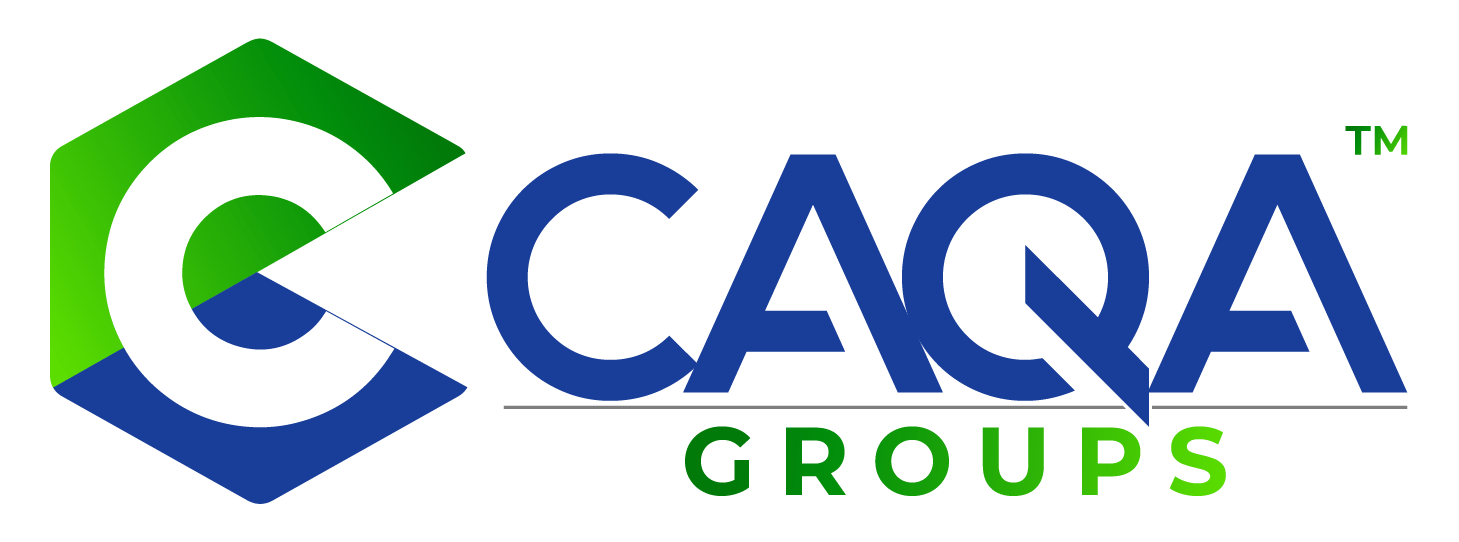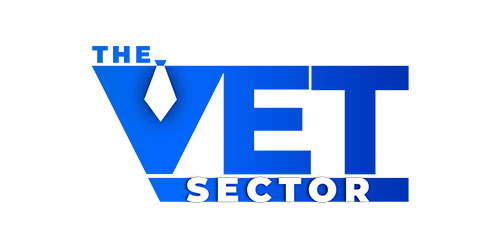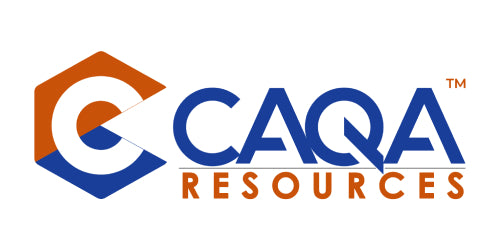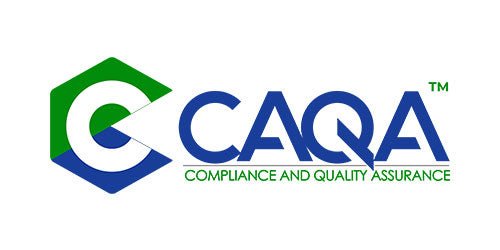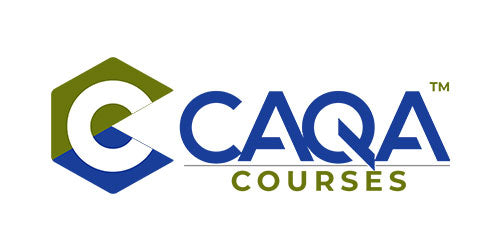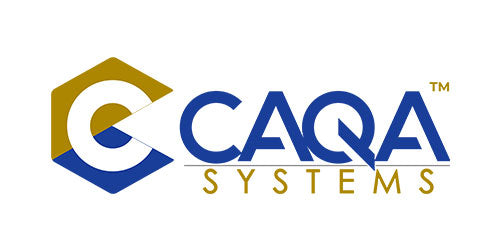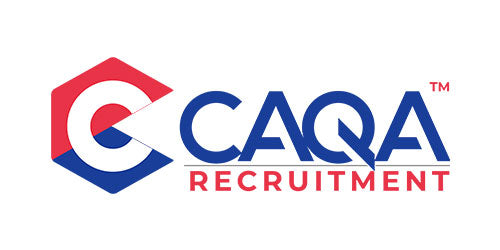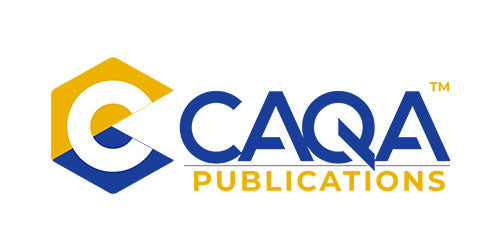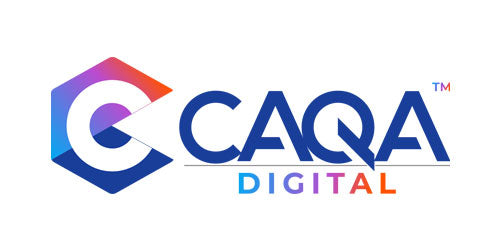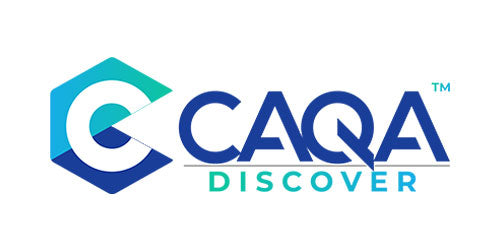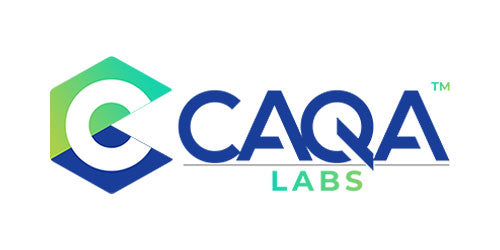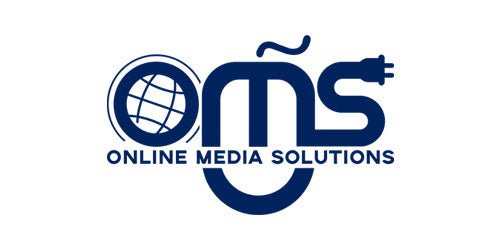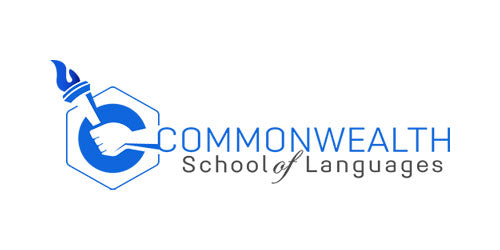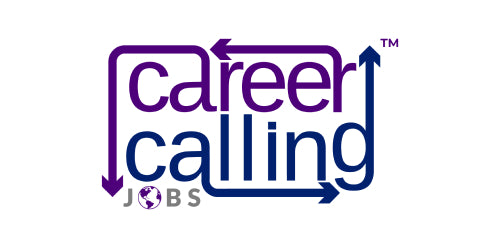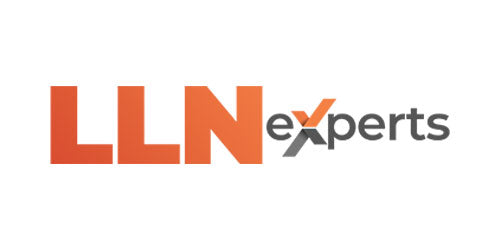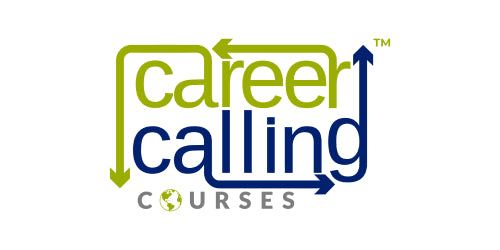In the complex landscape of vocational education and training (VET), Clause 1.3 of the Standards for Registered Training Organisations (RTOs) 2015 stands as a critical pillar supporting the delivery of high-quality training and assessment. This clause mandates that RTOs must have sufficient resources across four key areas to effectively deliver training and assessment for all qualifications and courses on their scope of registration. Let's delve into the intricacies of Clause 1.3 and explore its implications for RTOs.
Understanding the Core Requirements of Clause 1.3
Clause 1.3 stipulates that an RTO must have sufficient:
- Trainers and assessors
- Educational and support services
- Learning resources
- Facilities and equipment
These resources must be consistent with the RTO's training and assessment strategies and sufficient to accommodate the number of learners undertaking the training and assessment. Let's examine each of these elements in detail.
Trainers and Assessors: The Backbone of Quality Training
The first requirement of Clause 1.3 focuses on having sufficient trainers and assessors to deliver the training and assessment. This is crucial because the quality of training and assessment is directly linked to the competence and availability of trainers and assessors.
RTOs must ensure they have enough qualified trainers and assessors to:
- Deliver all units of competency on their scope of registration
- Accommodate the number of enrolled students
- Provide individual support and attention to learners
- Conduct timely and thorough assessments
It's not just about quantity, but also quality. Trainers and assessors must meet the requirements specified in Clauses 1.13 to 1.16 of the Standards, which include having relevant vocational competencies, current industry skills, and knowledge of vocational training and learning.
Educational and Support Services: Meeting Learner Needs
The second requirement of Clause 1.3 emphasises the importance of providing adequate educational and support services to meet the needs of the learner cohort. This recognises that learners come from diverse backgrounds and may have varying needs that impact their ability to progress through their training.
Educational and support services may include:
- Language, literacy, and numeracy (LLN) support
- Counselling services
- Information technology (IT) support
- Reasonable adjustments for learners with disabilities
- Study skills programs
- Career guidance services
RTOs must assess the needs of their learner cohort and ensure they have sufficient services in place to support all learners in achieving their training goals.
Learning Resources: Enabling Competency Achievement
The third requirement of Clause 1.3 focuses on providing sufficient learning resources to enable learners to meet the requirements for each unit of competency. These resources must be accessible to the learner regardless of their location or mode of delivery.
Learning resources may include:
- Textbooks and training manuals
- Online learning materials
- Workbooks and handouts
- Video and audio resources
- Simulation software
- Industry-specific equipment and tools
RTOs must ensure that their learning resources are:
- Current and aligned with industry standards
- Comprehensive enough to cover all aspects of the unit of competency
- Accessible in various formats to accommodate different learning styles and delivery modes
- Sufficient in quantity to support the number of enrolled learners
Facilities and Equipment: Supporting Practical Learning
The fourth requirement of Clause 1.3 mandates that RTOs have sufficient facilities and equipment to accommodate and support the number of learners undertaking the training and assessment. This applies to both physical and virtual facilities.
Facilities and equipment may include:
- Classrooms and training rooms
- Workshops and laboratories
- Virtual learning environments
- Industry-specific equipment and tools
- Computer labs and software
- Simulated work environments
RTOs must ensure that their facilities and equipment:
- Meet industry standards and reflect current workplace practices
- Are sufficient in quantity to allow all learners adequate practice time
- Are safe and well-maintained
- Are accessible to learners with disabilities
- Can accommodate the number of enrolled learners without compromising the quality of training
Implementing Clause 1.3: Strategies for Compliance
To effectively implement Clause 1.3 and ensure compliance, RTOs should consider the following strategies:
- Conduct Regular Resource Audits: Regularly assess your resources against your current and projected student numbers and the requirements of the training packages or VET accredited courses on your scope.
- Develop a Resource Management Plan: Create a comprehensive plan that outlines how you will acquire, maintain, and update resources to meet the needs of your learners and the requirements of the training packages.
- Implement a Trainer and Assessor Recruitment and Development Strategy: Ensure you have a strategy in place to recruit, retain, and develop qualified trainers and assessors.
- Establish Partnerships: Consider partnering with industry or other training providers to access specialised equipment or facilities that may be costly to maintain in-house.
- Leverage Technology: Utilise learning management systems and virtual classrooms to enhance accessibility and flexibility in resource delivery.
- Seek Learner Feedback: Regularly gather feedback from learners about the adequacy and accessibility of resources and use this information to inform improvements.
- Stay Industry-Connected: Maintain strong industry connections to ensure your resources remain current and aligned with industry expectations.
Challenges in Implementing Clause 1.3
While the requirements of Clause 1.3 are clear, RTOs may face several challenges in implementation:
- Financial Constraints: Maintaining sufficient resources, especially in terms of equipment and facilities, can be costly.
- Rapid Industry Changes: Keeping resources up-to-date with rapidly evolving industry practices can be challenging.
- Diverse Learner Needs: Catering to a wide range of learner needs, especially in terms of support services, can be complex.
- Scalability: Ensuring resources remain sufficient as student numbers fluctuate or grow can be difficult.
- Remote and Online Delivery: Providing accessible resources for learners in remote areas or those studying online presents unique challenges.
Conclusion: The Importance of Resource Sufficiency
Clause 1.3 of the Standards for RTOs 2015 plays a crucial role in ensuring the quality and effectiveness of vocational education and training. By mandating sufficient resources across trainers and assessors, educational and support services, learning resources, and facilities and equipment, this clause helps to create an environment conducive to learning and skill development.
Compliance with Clause 1.3 is not just about meeting regulatory requirements; it's about providing learners with the best possible opportunity to achieve their training goals and develop the skills needed for their chosen industry. RTOs that excel in implementing this clause are likely to see improved learner outcomes, higher completion rates, and greater industry recognition.
As the VET sector continues to evolve, the principles embodied in Clause 1.3 will remain fundamental to the delivery of high-quality, industry-relevant training. By focusing on resource sufficiency and accessibility, RTOs can ensure they are well-positioned to meet the changing needs of learners and industry, contributing to a skilled and competent workforce for the future.









